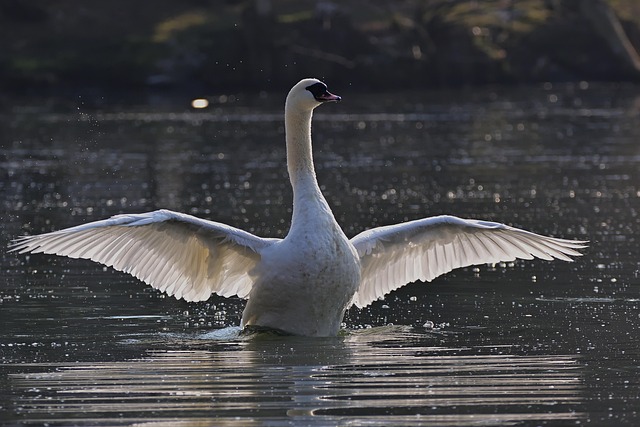Woodpeckers can cause property damage but can be deterred through understanding their behavior and entry points. Bird removal services specialize in identifying access points and implementing humane deterrents like sealing, reflective materials, and noise devices. Non-lethal methods include visual and sound-based deterrents. Persistent infestations require professional intervention for efficient, humane solutions. Post-removal care involves cleaning, disinfecting, sealing entry points, inspections, and using deterrents to prevent reinfestation.
Need reliable woodpecker removal? Woodpeckers can cause significant damage to your home, leaving holes and structural weaknesses. This comprehensive guide explores everything you need to know about addressing this persistent problem. We break down woodpecker behavior, from identifying entry points to non-lethal deterrent methods that humanely keep them away. Learn when professional removal is crucial and discover post-removal care tips for a lasting solution. Discover expert advice on achieving a bird-free haven with our trusted bird removal service.
- Understanding Woodpecker Behavior and Entry Points
- Non-Lethal Deterrent Methods for Bird Control
- When Professional Removal Is Necessary
- Post-Removal Care and Preventative Measures
Understanding Woodpecker Behavior and Entry Points
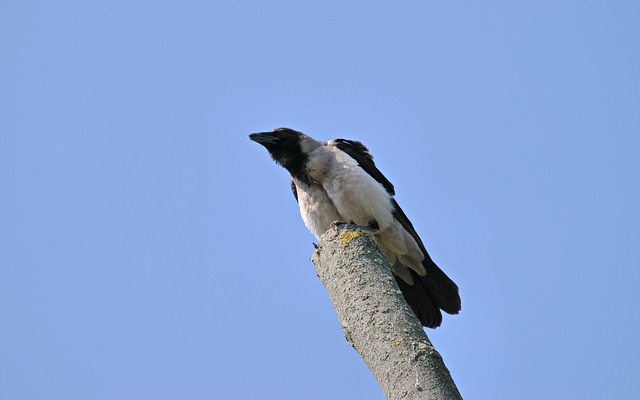
Woodpeckers, though fascinating creatures, can become a nuisance when they start causing damage to your property. Understanding their behavior and entry points is crucial when considering woodpecker removal services. These birds are known for their persistent drilling, which they use for foraging and communicating—a behavior often mistaken for pestering.
To prevent or mitigate woodpecker activity, it’s essential to identify their preferred entry points, such as cracks in facades, openings around pipes and wires, or even tree cavities. A bird removal service can assess these areas and implement effective deterrents like sealing off entry points, using reflective materials, or installing noise-making devices that discourage woodpeckers from targeting your home.
Non-Lethal Deterrent Methods for Bird Control
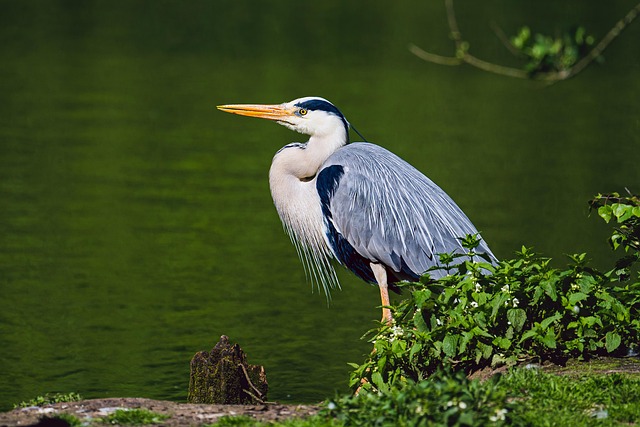
Many homeowners and business owners turn to professional bird removal services when dealing with pest birds, but there are also several non-lethal deterrent methods available that can be effective in keeping birds at bay. These humane alternatives are gaining popularity due to their ability to protect property while preserving bird life. One popular approach is the use of visual deterrents like reflective objects, such as aluminum pie plates or Mylar tape, which birds find disturbing. Installing these around problem areas can often prevent birds from landing and nesting.
Another non-lethal method involves using sounds that disturb birds’ communication patterns. For example, ultrasonic devices emit high-frequency sound waves that are inaudible to humans but drive away birds. Motion-activated sprinklers or water sprayers are also effective, as birds dislike being sprayed with water. These methods offer a gentle yet powerful way to discourage bird presence without causing harm, making them ideal solutions for those seeking bird removal options that prioritize animal welfare.
When Professional Removal Is Necessary
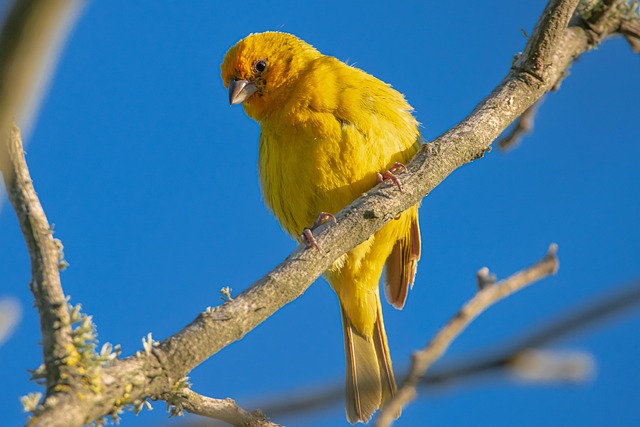
In some cases, removing woodpeckers from your property requires professional intervention. While DIY methods can be effective for minor issues, a dedicated bird removal service is crucial when dealing with persistent or large-scale infestations. Professional services have the expertise and tools needed to handle these situations humanely and efficiently. They understand the behaviors and habits of woodpeckers, ensuring safe and effective removal while minimizing potential damage to your property.
A specialized bird removal service can also offer long-term solutions to prevent future woodpecker invasions. By identifying and sealing entry points, they create an unwelcoming environment for these birds, reducing the likelihood of reoccurrence. This is particularly important in urban areas where woodpeckers can quickly adapt to human environments, causing persistent problems for residents.
Post-Removal Care and Preventative Measures
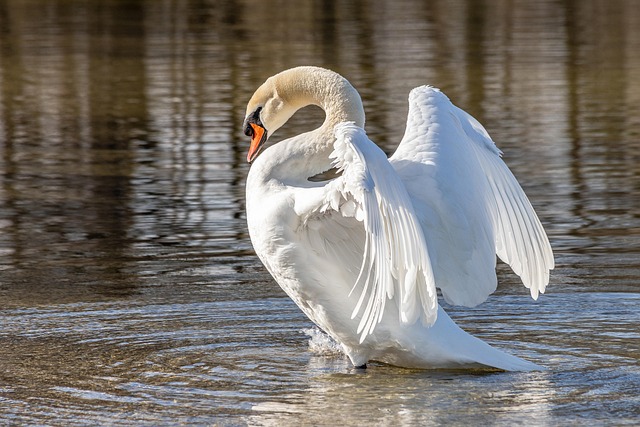
After a successful woodpecker removal, proper post-removal care is essential to ensure the area’s longevity and prevent future infestations. One key step is to thoroughly clean the affected zone, removing any feathers, droppings, or nesting materials left behind by the woodpeckers. Disinfecting the space with a mild bleach solution can help eliminate any bacteria or disease-causing pathogens associated with bird activity.
To avoid reinfestation, implementing preventative measures is crucial. This includes sealing entry points and gaps in the structure using caulk or weatherstripping to prevent future access. Regular inspections are also recommended, especially during peak migration seasons, to catch any early signs of a new infestation. Utilizing bird deterrents like visual scare tactics or ultrasonic devices can further discourage woodpeckers from returning. Engaging a professional bird removal service can provide expert guidance and ensure these steps are effective and safe.
When dealing with woodpecker issues, it’s clear that a multi-step approach is often best. By first understanding their behavior and entry points, you can implement non-lethal deterrents effectively. If these methods fail or the situation involves damage beyond repair, professional bird removal services become essential. After removal, proper post-care and preventative measures ensure woodpeckers don’t return, providing lasting solutions for both homeowners and businesses alike.
